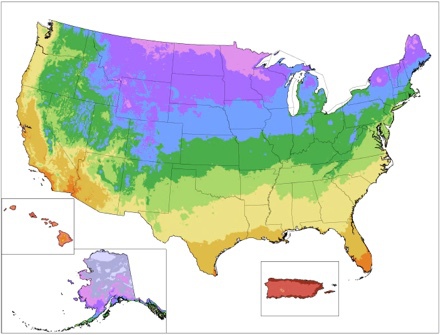Product Details
Highlights
Gasteria 'Shozoden': A petite, variegated succulent with short, green and yellow leaves and a prolific clumping habit. It has tongue-shaped leaves like other Gasteria, but they stay quite small and obtuse. It has the signature pink, stomach shaped flowers that all Gasteria share.
Gasteria have low light and water requirements. They are one of the best types of succulents to grow indoors because they can tolerate low light conditions and still maintain their form and colors. Plant Gasteria in deep pots with drainage holes as they grow deep roots and will not tolerate standing water. Use a gritty, well-draining soil and water deeply, but only when the soil is fully dry. Protect from frost.
Product Size
2.0" Pot
Current Primary Color
Yellow / Gold
All Seasonal Colors
Green
Bloom Color
Pink Bloom
Grow Zone (Hardiness)
Zone 10 (30F)
Recommended Light Conditions
Filtered / Partial Sun
Recommended Light Conditions
Low Indoor Light
Maximum Height
Under 3"
Growth Habit / Shape
Clumping / Mounding
Special Characteristic
Hard to Kill
Special Characteristic
Pet Safe
Special Characteristic
Lots of Offsets
Special Characteristic
Variegated

THIS PLANT IS HARDY IN ZONES 10+
WHAT IS MY HARDINESS ZONE?




















